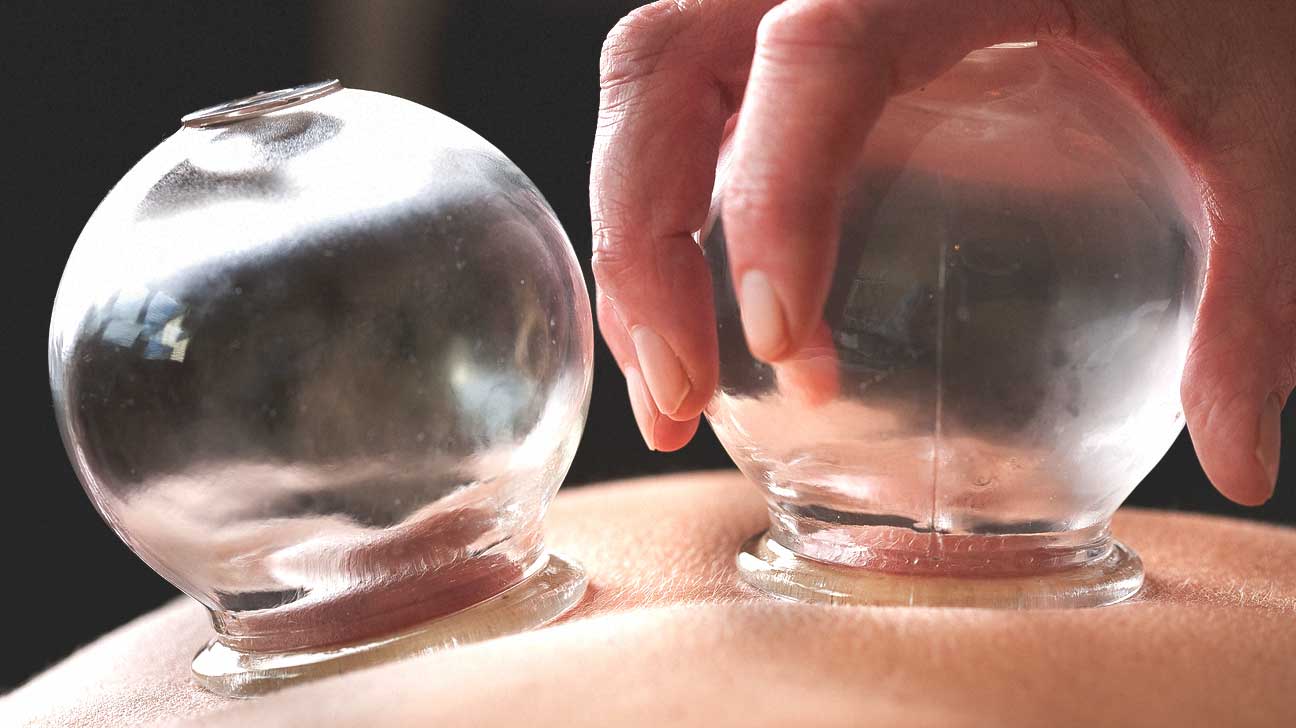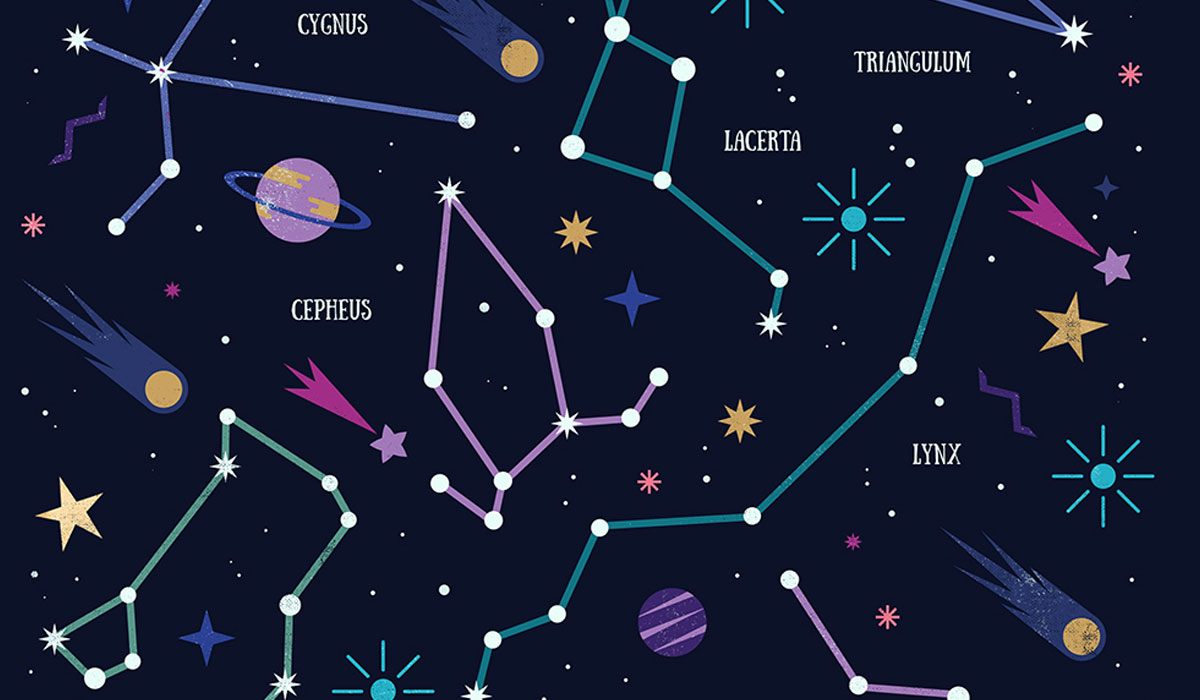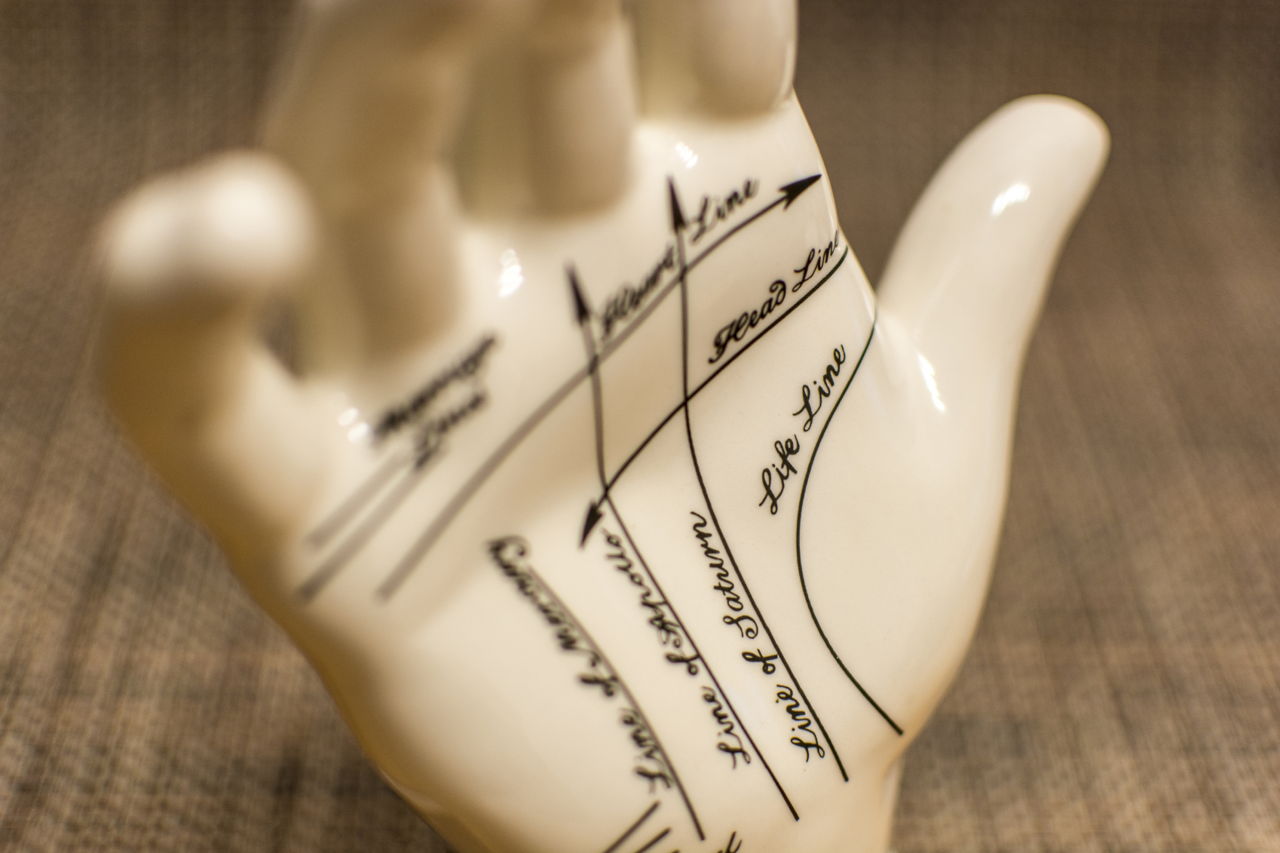Blogs
Transdiagnostic and disorder-specific anxiety disorder treatments have equivalent treatment effects
Transdiagnostic ways to deal with treating nervousness issue have been picking up consideration in the course of recent decades (Norton, 2017). To put it plainly, transdiagnostic CBT alludes to medications intended to be relevant to individuals who have a scope of DSM-5 analyze. A few entrenched transdiagnostic medicines have been produced in individual (e.g., Unified Protocol; Barlow et al., 2011), gathering (tCBGT; Norton, 2012), and web conveyed designs (Newby et al. 2013, Johnston et al. 2011).
While a few investigations have given starter proof that transdiagnostic CBT for uneasiness issue is in any event as effective as customary CBT for particular conclusions (e.g., McEvoy and Nathan 2007; Norton and Barrera, 2012; Pearl and Norton, 2017), the ongoing huge scale randomized clinical preliminary by Barlow and partners (2017) gives the most complete exhibition of equality in eye to eye arrangement to date.
Transdiagnostic CBT alludes to medications intended to be appropriate to individuals who have a scope of DSM-5 analyze.
Transdiagnostic CBT alludes to medications intended to be appropriate to individuals who have a scope of DSM-5 analyze.
Techniques
An example of 223 patients with a vital finding of either freeze issue (with or without agoraphobia), social nervousness issue, summed up uneasiness issue, or over the top impulsive issue, were haphazardly allocated to:
get treatment utilizing the Unified Protocol (UP),
get treatment utilizing highest quality level CBT for their particular central analysis (Single Diagnosis Protocols, or SDPs), or
be put on a no-treatment shortlist (W/L) for about four months.
When treatment, and at half year development, members were surveyed utilizing self-report measures, and the clinician-appraised Anxiety Disorders Interview Schedule, with the seriousness of every conclusion evaluated by an assessor from a 0 (not present) to 8 (amazingly extreme).
The examination was planned as a comparability preliminary, which is a method for testing whether treatment impacts are ‘the same,’ as opposed to different strategies which could state whether one treatment is superior to (prevalence preliminaries), or no more terrible than (non-inadequacy preliminaries) another treatment.
Results
The two greatest discoveries from this investigation were that members accepting either Unified Protocol (UP) or Single Diagnosis Protocols (SDP) enhanced considerably and altogether more than those on the no-treatment shortlist (W/L). In spite of the fact that this isn’t astonishing given the quantum of research supporting the adequacy of CBT for nervousness issue, it set up that the dynamic medications were both viable.
Second, the examination set up that patients treated spending and SDP demonstrated enhancements that met a strict meaning of comparability. An assortment of extra appraisals supported these principle discoveries.
An optional yet essential discovering (somewhere down in the Results segment) concentrated on comorbid analyze. The vast majority who have a tension issue likewise meet criteria for extra conclusions, most regularly other uneasiness issue or sadness. In this investigation, almost 85% of the members met DSM criteria for extra comorbid issue: most were tension issue, with 15% encountering significant despondency. The preliminary was not intended to conclusively test this, but rather it gave the idea that a more noteworthy level of those treated spending (61.9%) indicated abatement of the majority of their tension and depressive findings than did those treated utilizing a SDP (47.4%). This outcome bolsters past research (Norton et al., 2013), recommends that by focusing on nervousness issue transdiagnostically as opposed to a solitary determination, we will probably enable patients to determine the majority of their enthusiastic conclusions in a solitary treatment.
Members accepting either Unified Protocol or Single Diagnosis Protocols enhanced generously and altogether more than those on the no-treatment shortlist.
Members accepting either Unified Protocol or Single Diagnosis Protocols enhanced generously and altogether more than those on the no-treatment shortlist.
Ends
Both the Unified Protocol (UP) and Single Diagnosis Protocols (SDPs), accomplish preferable results over no-treatment.
The UP accomplishes identical advantage to SDPs, with the additional advantage of maintenance (more individuals finished >75% of sessions).
The advantages of both UP and SDPs last up to a half year following treatment.
Qualities and impediments
This investigation has some imperative qualities: it is the biggest examination to contrast confront with confront transdiagnostic versus clutter particular CBT for uneasiness issue, had great finish rates, and incorporated an even sex proportion (56% female) and a scope of nervousness issue analyze delegate of patients commonly treated at outpatient tension facilities. The utilization of blinded clinician indicative meetings, and the treatment devotion check were qualities, similar to the half year follow-up appraisals, which likewise enabled us to see the quick and longer-term effect of the two treatment approaches on comorbid disarranges.
The examination additionally had a few constraints (see likewise Leichsenring, 2018). It was vague how potential members were drawn closer, what number of were prescribed the preliminary, numbers who declined and their purposes behind doing as such. The example was knowledgeable, dominatingly white, and treatment-chasing with the greater part on medicines and over 25% in psychotherapy at consumption (non-CBT based). It was hazy whether any met criteria for different comorbidities, for example, physical diseases or PTSD, so we can’t sum up the outcomes past nervousness issue. The utilization of the term ‘treatment culmination’ was deceiving, characterized as the individuals who went to over 75% of sessions. Real finishing rates were missing, which implies we can’t decide out the likelihood that patients in SDP gathering might not have gotten the most strong restorative fixings, for example, introduction which are normally conveyed later in treatment. The overlooked details are the main problem of this paper: while the example was huge it was not adequate to decide the proportionality of the UP and SDPs for every essential issue test, or indicators of differential reaction rates to transdiagnostic versus SDPs. It was vague why the non-mediocrity edge was set at 0.75 focuses, and whether this is clinically significant, particularly how this identifies with imperative results, for example, personal satisfaction.
Suggestions for training
Complex and comorbid tension issue are the standard in clinical practice. Anyway as of not long ago, most medicines have been intended to treat sole determinations, speaking to a befuddle between quiet involvement and medications of decision. The discoveries let us know, by and by, that proactive treatment of tension issue utilizing CBT is greatly improved than doing nothing. In any case, the primary bring home message is that both the UP and SDPs accomplish comparable results (supporting past research in gathering (Norton and Barrera, 2012), and web (e.g., Dear et al. 2015) positions. As clinicians, these discoveries bolster our decision of either the single determination conventions or UP with patients. Be that as it may, the examination additionally indicates the utilization of transdiagnostic CBT as the treatment of decision for comorbid uneasiness issue, because of the higher maintenance of members, and somewhat higher recuperation rates in the UP gathering (in spite of the fact that these outcomes may likewise have been because of advisor loyalty factors).
Transdiagnostic medicines have been touted as a strategy to enhance dispersal and lessen the need to prepare clinicians to ably convey various manuals. Be that as it may, the quantity of transdiagnostic treatment manuals is additionally developing, bringing about a similar issue for occupied clinicians: which transdiagnostic treatment will work best, and in what organize (singular, gathering, on the web)?
At long last, both the UP and SDPs brought about enhancements to clinician evaluations and patient appraisals of uneasiness and despondency seriousness, despite the fact that in accordance with past investigations of CBT, 63.6% recuperated in the UP gathering and 57.1% in the SDP aggregate toward the finish of treatment, leaving a considerable extent who did not recoup. The bring home message is that even with our best accessible medicines, conveyed in an authority benefit, just 2/3 will recoup and remain recuperated, and leftover indications are normal. So when our patients are not totally recouped after a full measurement of CBT, we ought not be amazed. Also, it indicates we have a best approach, to figure out how to fix tension issue in the network.





















